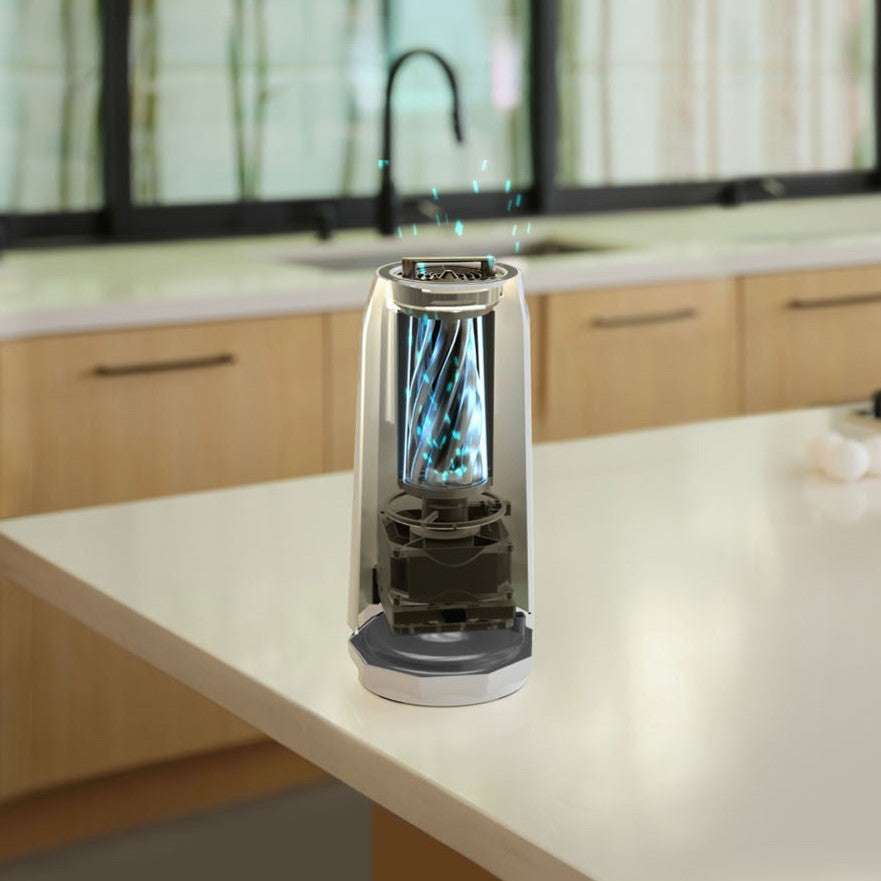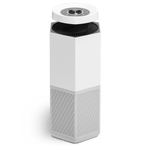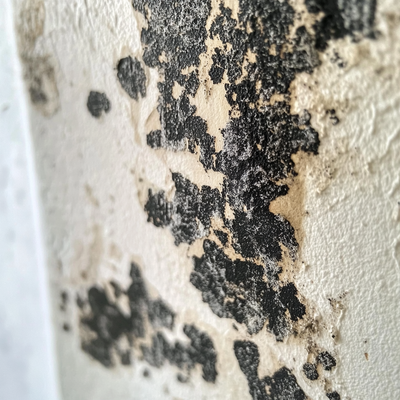How Puraclenz Reinvented PCO to Avoid Harmful By-Products

Unlike Traditional PCO, Puraclenz Doesn’t Produce Ozone or Ultrafine Particles
Photocatalytic Oxidation (PCO) was first developed by NASA to purify air in space environments. While traditional PCO showed promise in reducing airborne pollutants, early systems often produced harmful by-products—including ozone and ultrafine particles—that raised concerns about indoor air quality. These issues limited the use of PCO in homes and commercial spaces.
Puraclenz overcame these limitations with a patented PCO design that delivers continuous purification of indoor air and surfaces—without generating ozone or secondary pollutants.
Challenges of Traditional PCO
Conventional PCO systems use UV light and a photocatalyst, typically titanium dioxide (TiO₂), to deactivate common airborne and surface pollutants like mold 1, mildew 1, viruses 2, and bacteria 3. However, some older PCO technologies were poorly designed and introduced unwanted side effects:
-
Ozone Generation
UV lamps emitting wavelengths below 240 nm can trigger chemical reactions that produce ozone—a regulated pollutant linked to respiratory irritation. -
Formation of Ultrafine Particles
In uncontrolled systems, oxidation reactions may result in ultrafine particles or secondary pollutants that linger in the air.
These by-products raised concerns and created confusion about whether PCO purification could be trusted to improve indoor environments without adding new pollutants.

The Puraclenz Difference
Puraclenz solved these problems through scientific innovation. Our patented PCO core is engineered to deactivate pollutants without generating harmful emissions.
-
Certified Zero Ozone Emissions
Puraclenz devices are certified under the UL 2998 Zero Ozone Emissions standard, confirming they do not emit ozone. -
No Harmful VOC By-Products or Ultrafine Particles
Independent lab testing of the P3000 purifier in a 30 m³ chamber demonstrated that Puraclenz reduces VOCs like Formaldehyde, Toluene, and D-limonene—without producing new pollutants. View Lab Report -
Controlled, Efficient Purification
The Puraclenz internal chamber ensures precise control over airflow and contact time, optimizing the photocatalytic process while preventing the creation of secondary emissions.

Continuous Purification of Air and Surfaces
Puraclenz devices emit charged ions that deactivate pollutants mid-air and on surfaces—reaching beyond where filters can. This makes them effective against airborne and surface-bound pollutants like mold 1 spores, mildew 1, bacteria 3, and viruses 2, even in hard-to-reach spaces.
By using a modern PCO core that avoids the common pitfalls of legacy PCO systems, Puraclenz enables continuous purification without introducing new indoor pollutants.
Why It Matters
Improving indoor environments often involves trade-offs—but Puraclenz eliminates the need to compromise. Our patented design combats common pollutants without producing ozone or ultrafine particles, offering a powerful solution for spaces where traditional filtration alone falls short.
- No ozone emissions
- No harmful secondary particles
- Proven ability to reduce pollutants in air and on surfaces
Puraclenz delivers the advantages of advanced purification—without the risks of outdated technologies.
Recommended products

Core Air & Surface Purifier + HEPA
$519.99

Photon Air & Surface Purifier
$299.99



